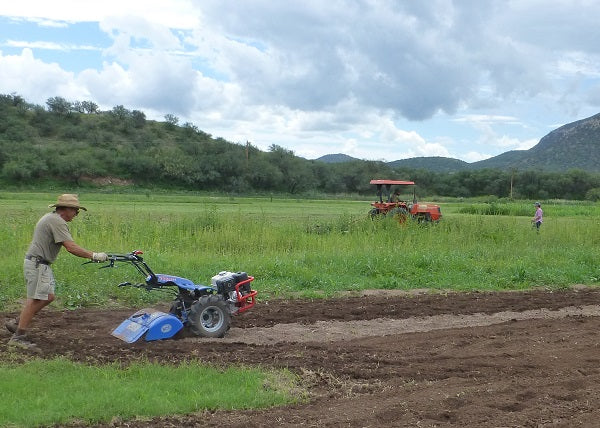
By Lynda Prim, NS/S Conservation Farm Manager.
In my work with small scale farmers and traditional indigenous farmers, I have found it valuable to think about “climate smart” agriculture in the framework of resiliency. In agriculture, I think of resiliency has having 3 cornerstones: flexibility, adaptability, and biodiversity. It is often difficult to gauge or measure the degree to which resiliency has been achieved by specific standards with smallholder and traditional indigenous farms because of the variations in cultural and social values that play a significant role in the decision making and circumstances of the farmers and communities.
This social/cultural variation is often a result of the community adapting to geographic, political, economic, and cultural values and constraints, so these factors need to be taken into consideration. To account for these factors, I try to identify keys to sustainability or resiliency that may already exist in each farm situation that are appropriate to maintain because they will help support a foundation for farmer adoption of new practices or approaches.
For each individual farm or community, building a farming system that is climate smart will be a process and may require time for developing a deeper understanding of the farming context — whether that be the geographic landscape, climate, or economic conditions — and how the farm fits into that context. I have found it useful to utilize mapping that allows the farmers to see their farm in the landscape context in order to start identifying areas where they can plan and design their farm system to mitigate extreme or changing climate conditions.
Mapping also provides a graphic, tangible way to evaluate the vulnerability of the farm landscape, as well as, identifying where there is natural resiliency that can be maintained or enhanced. Record keeping to track climate, soil fertility, and weeds/pests/disease helps farmers to track changes over time and evaluate changes they are implementing on their farms.
Farm business planning that takes into account labor by hand and production goals can be eye opening. We often make the assumption that hand tools are more labor intensive and therefore negatively impact production values. However, in a resilient agricultural system, appropriate scale and technology has an elevated value. So, looking at and evaluating technology and labor in terms of scale that is appropriate to the land base and farm labor capacity is a good way to determine where a farmer or farm community is in relation to achieving a resilient or "climate smart" agriculture.
Finally, a key consideration is that traditional crops and crop varieties need to be evaluated for pest and disease resistance with farmers involved both in evaluation and in participatory breeding for resistance. Access to seeds is key because traditional varieties that have worked well for generations may not work in rapidly changing climate conditions.
